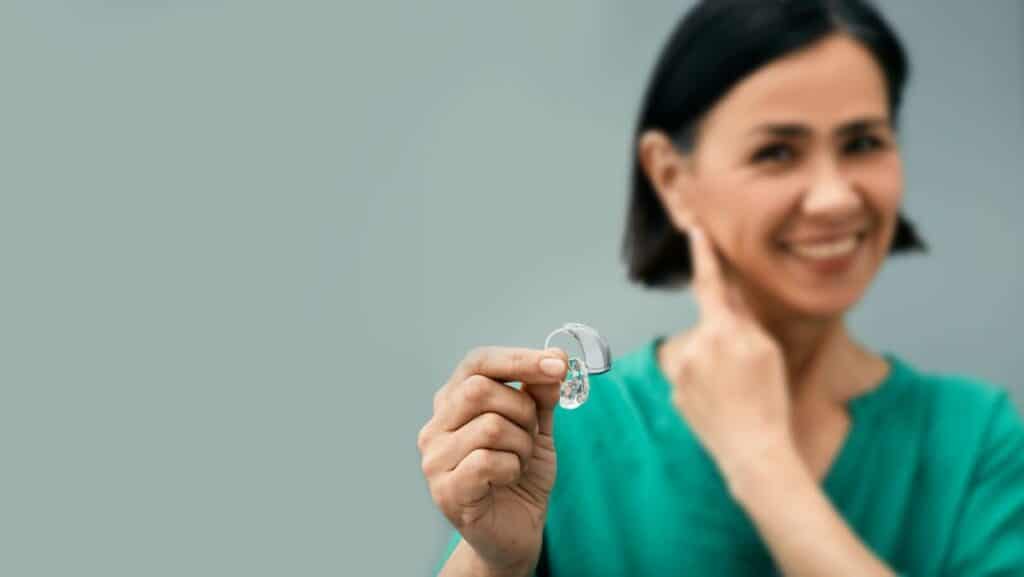When you imagine a hearing aid, what image comes to mind? Do you picture a tan, molded plastic unit that sits in the curvature of the outer ear? Although those hearing aids remain on the market, they have been largely eclipsed by newer models that have a different look and many innovative functions. Although there are many differences between older and newer models of hearing aids, one of the main differences is the use of analog or digital technology. The prototypes for hearing aids used analog sound transformation to amplify the sound of the world. Although they did a great job at this task, they were limited in their ability to transform that sound. Whereas older analog models had the ability to raise the volume uniformly on an environment, digital technology makes it possible to leave some sounds in place while raising the volume on others. Let’s take a closer look at these types of hearing aids, the innovation provided by Digital Signal Processors, and what you need to know when you are in the process of acquiring new hearing aids. The possibilities of digital hearing aids might be greater than you had ever imagined.
Analog vs. Digital Hearing Technology
When an analog hearing aid transforms sound, it tends to only be along one parameter: volume. These hearing aids use a microphone to capture soundwaves from the air, a receiver to turn that sound pressure into an electrical impulse, an amplifier to raise the power of that electrical impulse, and then a speaker to broadcast that louder signal into the ear. Although this method performed the basic task of amplification, there were some weaknesses to the model. First of all, the amplified sound included a lot of background noise, and that sound could be confusing. These analog models were not great at isolating and enhancing the sound of human voices either. When digital hearing aids came along, they used Digital Signal Processors (DSPs) to not only raise the volume on the environment as analog hearing aids had done but also to transform the quality of that signal. For instance, DSPs make it possible to identify the sound of background noise, leave it in place, and raise other sounds that are of interest to the wearer, including human voices. Voice recognition technology in hearing aids also makes it possible to identify a voice standing closest to a wearer of the aids and to emphasize that voice among the others in a room, for instance at a party or restaurant. These possibilities of DSPs make them function quite differently from analog hearing aids. Converting sound into a binary coded string of 1s and 0s makes it possible to perform complex algorithms that can manipulate that data.
What to Know About Digital Aids
When you are ready to get a new pair of hearing aids, there are many things to consider. In the first place, you will need to get hearing aids that suit your individual needs. These aids need to work with the specific features of your diagnosis of hearing loss, and our hearing health professionals are equipped to provide you with a list of potential hearing aids that are suited to your hearing profile. Once you know the general type of aids that are suited to you, there are many other considerations, including cost, fit, and the features that appeal to you. When you are looking through your options, be sure to ask your hearing health professional which of the aids use analog or digital technology. If you know that it is difficult for you to hear certain voices, to identify a voice in a crowd, or to reckon with background noise, then a digital hearing aid might be the right choice for you. Among the many other considerations in the process of selecting your aids, audio quality should be one of the top priorities, and you can inquire with your hearing health professional about the relative quality of different aids you encounter. When you consider other features, such as Bluetooth connectivity, rechargeable batteries, and the aesthetic of your aids, deciding whether to get digital hearing aids will be one part of the complex selection process.





